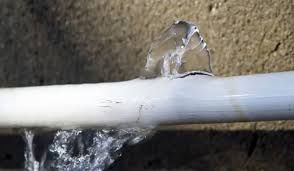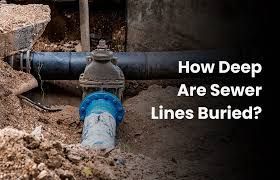How to Fix a Jammed Garbage Disposal
A jammed garbage disposal can be a frustrating kitchen hiccup, often stopping your meal prep or clean-up dead in its tracks. The culprit is usually something stuck in the grinding chamber—think bones, fruit pits, or fibrous veggies. The good news? Most jams are fixable with the right tools, a bit of patience, and a few simple steps. Let’s dive into what causes jams, how to fix them, and ways to keep your disposal running smoothly for the long haul.
"Why Is My Garbage Disposal Leaking? Causes and Solutions"
Causes of a Jammed Garbage Disposal
A jammed garbage disposal is a common issue, often caused by feeding the unit items it wasn’t designed to handle. Here are some common culprits:
Pieces of Bone
Bones can be too hard for the grinding mechanism, leading to blockages or damage to the impellers. Even small fragments can cause trouble over time.
Nutshells
Thick nutshells, like those from walnuts or pistachios, are tough and can jam the grinding chamber. The shells can also dull the blades, making the disposal less effective.
Fruit Pits (Peaches, Cherries, Avocados, Etc.)
Fruit pits are dense and unbreakable for most disposals. They often get lodged in the flywheel, causing the unit to seize up completely.
Pumpkin Guts and Melon Seeds
Stringy pumpkin fibers and hard melon seeds can tangle or clog the disposal’s mechanisms, making it work harder than it should.
Corn Husks and Artichokes
Fibrous materials like corn husks and artichoke leaves can wrap around the blades or flywheel, leading to a jam that might require manual removal.
Small Pieces of Gravel or Sand
Gravel or sand that accidentally ends up in the disposal can grind against the components, causing wear and jamming the unit.
Broken Glass
Glass shards are not only dangerous to handle but can also damage the disposal’s inner workings, leading to a costly replacement.
How to Fix a Jammed Garbage Disposal: 5 Simple Methods
1. Turn Off the Power
Safety first! Always turn off the power to the disposal at the breaker box before attempting any repairs. This ensures you won’t accidentally turn on the disposal while working on it.
2. Use an Allen Wrench
Most disposals have a hex-shaped hole at the bottom. Insert an Allen wrench into the hole and turn it back and forth to manually dislodge the jam. This method often frees up stuck flywheels or impellers.
3. Remove Visible Obstructions
Shine a flashlight into the disposal and use pliers or tongs to remove any visible debris like bones, pits, or fibrous material. Never use your hands to avoid injury.
4. Rotate the Flywheel Manually
If the disposal doesn’t have a hex slot, you can use a broom handle to rotate the flywheel through the drain opening. Push firmly and rotate until you feel the jam break loose.
5. Reset the Disposal
After clearing the jam, press the red reset button located at the bottom of the unit. This will restart the motor and restore normal operation.
When to Call a Professional
If your garbage disposal remains jammed despite following these steps, or if you notice persistent electrical issues, leaks, or grinding noises, it’s time to call a professional plumber. Attempting complex repairs on your own can worsen the problem or void the disposal’s warranty.
"How to Troubleshoot Common Garbage Disposal Problems"
Preventing Garbage Disposal Jams
To keep your garbage disposal running smoothly:
- Avoid hard materials like bones, fruit pits, and nutshells.
- Limit fibrous items such as pumpkin guts, artichokes, and corn husks.
- Dispose of small quantities of vegetable peelings gradually while running water.
- Never pour oils or grease down the disposal—they solidify and create clogs.
- Keep expandable foods out, like pasta and bread, as they swell and block the drain.
Conclusion
Jammed garbage disposals are frustrating but often preventable with proper care. By knowing what to avoid and how to troubleshoot common issues, you can save yourself time, money, and the hassle of dealing with a broken unit. However, when in doubt, don’t hesitate to reach out to a professional for repairs. Your garbage disposal is an essential kitchen tool—treat it right, and it’ll serve you well for years to come.
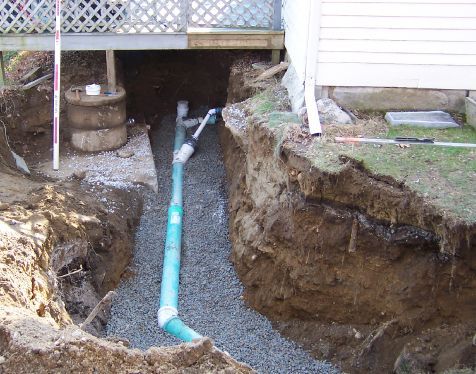
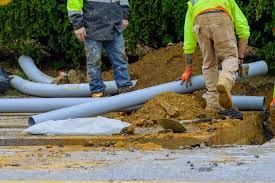
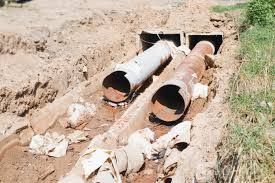
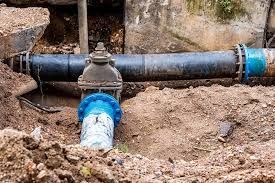

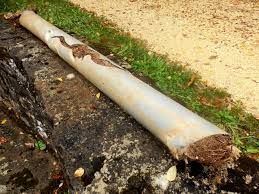
CONTACT INFORMATION
Office:
855-266-7682
Email:
service@AllCityPlumbers.com
Address: 6694 Oak Ridge Commerce Way, Austell, GA 30168
Business Hours:
Mon - Sun 24 Hours
OUR SERVICES
© 2022 All Rights Reserved|All City Plumbers Privacy Policy | Terms & Conditions | Sitemap

